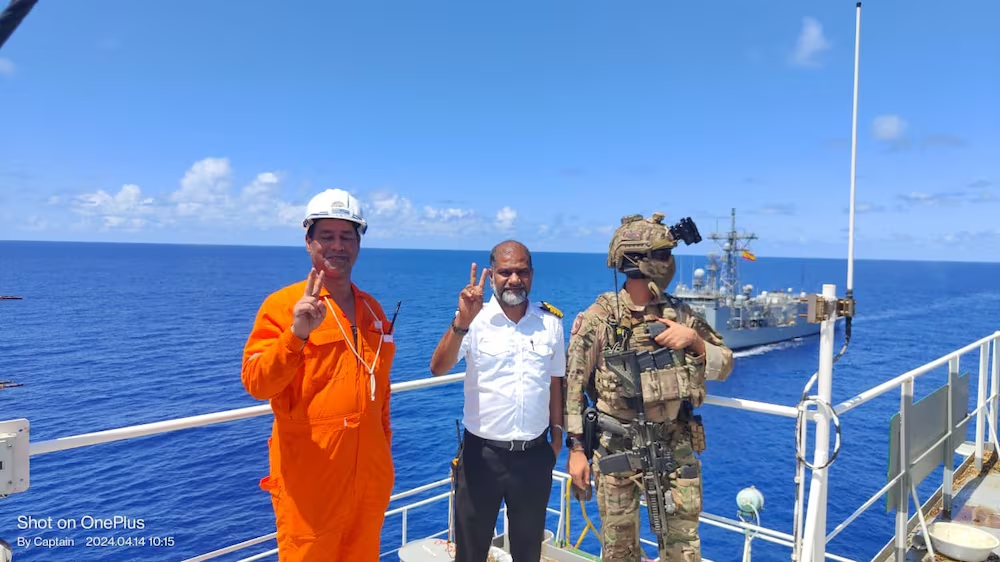
By: Daily Sabah
The 570th anniversary of Istanbul’s conquest is to be celebrated in the Turkish metropolis on May 29, Monday.
Locals organize several activities to mark the anniversary of the conquest of the country’s most populous city Istanbul by the Ottoman Sultan Mehmed II.
The 21-year-old ruler thereafter known as Mehmed the Conqueror seized control of Istanbul, then known as Constantinople, on May 29, 1453, overthrowing the Byzantines, who had dominated the Eastern Roman Empire for more than a thousand years.
In a prophecy about Istanbul’s conquest by a Muslim ruler, the Prophet Muhammad said, “Istanbul will definitely be conquered. What a great commander will be the man who conquers it, what a great army that army shall be.”
History of Conquest
Mehmed II set off from Edirne to prepare for for the conquest of Istanbul.
Venetian commander Bartolomeo Soligo, fighting for the Byzantines, closed off the entrance of the Golden Horn by laying a chain at the entrance to its inner harbor.
Mehmed II and the Ottoman Army drew near Constantinople. The army had nearly 80,000 soldiers. The siege started with the firing of a big cannon.
The Ottoman Navy arrived in front the port of Constantinople. The navy boasted 145 ships, including 12 galleys and 25 transport ships as well as small boats.
Ottoman ships were moved to the Golden Horn via land. Captain Giorcomo Coco, who was tasked with burning the Ottoman ships in the Golden Horn, failed and died inside his sinking vessel.
Ships attacked to lift the chain at the entry of the Golden Horn, but the attack failed. While attacks on Istanbul’s formidable walls continued, a tunnel was dug underneathto enter the city.
When the sounds of the excavations were heard in the city, the Byzantines noticed it and blocked the tunnel.
Mehmed II sent one last envoy to the emperor, but his offer was rejected. The seventh tunnel dug by Ottoman soldiers also failed. Mehmed II concluded that digging tunnels would cost many lives.
The Ottoman Army started an offensive in the early hours of May 29. The Ottomans carried out the last assault in three waves. During the first two hours, Bashi-bazouks attacked the walls, and soon after Anatolian troops replaced them.
Then, the janissaries – the backbone of the army – stepped in. Finally, in the morning, the Ottoman soldiers managed to enter through the Kerkoporta door and hoisted the Ottoman flag at the bastion above the door.
Mehmed II entered the city in the afternoon on the first day of the conquest. He went to Hagia Sophia – now a mosque – and prayed there, saying, “My throne is Istanbul from now on.”
Constantinople was conquered after a siege that lasted for 54 days with intervals.
The conquest ended the 1,058-year-old Byzantine Empire, brought the Middle Ages to a close and made Istanbul the proud new capital of the Ottoman Empire.
The conquest was important both for the continuation of Ottoman conquests in Europe and for controlling the maritime traffic between the Mediterranean and the Black Sea.


























